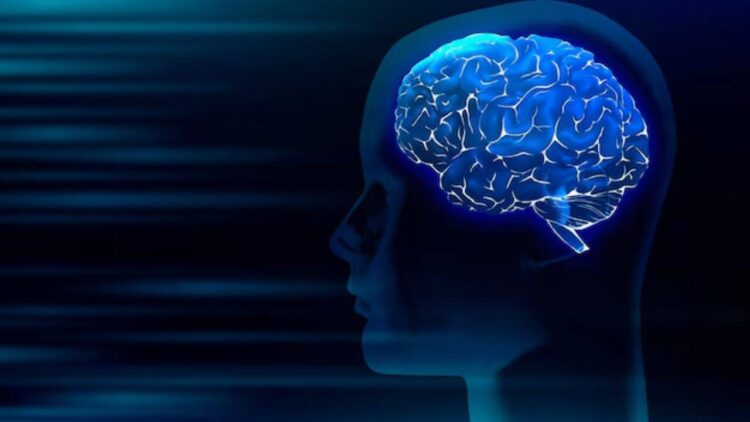There are some moments in our life that seem fresh even after years – such as childhood holidays, a glimpse of first love, or a sad moment. Have you ever wondered where and how these memories are stored in our mind? Why do we never forget some memories, while we forget some small things within a few minutes? To know this mystery, we have to look into “science of memories” – that is, in the world of neuroscience where emotions, experiences and memories take shape.
How to remember?
Our brain is like a complex computer that processes every moment’s information. When we see something new, we listen or feel, that information reaches a part of the brain through our senses in hippocampus. The same part is the main center of creating and storing memories. The brain stores the experience by breaking the brain into small parts-such as seeing the face, feeling smell, hearing the voice-all these are stored in different parts, but when we remember that experience, the brain makes a complete image by adding these pieces.
What is the difference between good and bad memories?
Interestingly, good and bad memories are stored in different parts of the brain. According to scientists, emotionally intense memories – such as fear, trauma or deep love – stores in a part called Amygdala. This is the reason why we remember a painful experience or frightening event for a long time. At the same time, positive memories such as a moment of success or someone’s smile – are united in the prefrontal cortex.
Why don’t you forget some experiences?
Some memories connect so deeply that they also affect our thinking, decision and personality. The reason for this is that when we emotionally connect with an experience, the brain turns that experience into a long-term memory. For example-the moment of narrowly escape in an accident, the sorrow of losing someone, or the joy of getting respect on a platform-all these are “deep” based on the intensity of emotions in the brain.
How is it decided what will be remembered and which will be erased?
There is an interesting process of the brain called “Memory Consolidation”. This means – transforming a short -term experience into a long -term memory. But this process is not automated. Its effect depends on what your mental state was at that time, how emotional you were, and how many times you repeated that experience. For example, what you read again and again in preparing for an exam-it will last long in memory. Whereas the face of an unknown person while walking on the way – may be blurred in a short time.
Can memories be erased?
Scientific research now also indicates that some memories can be ‘reprogram’ from the brain. Especially memories associated with trauma or PTSD can be weakened with therapy, meditation or neuro-stimulation techniques. This indicates that the brain is a flexible structure, which can be replaced by time and practice.
Memories are not just a document of the moments passed, but they also teach us who we are, what we think and how they will decide in the future. Understanding how good and bad memories are stored in the brain, not only makes us aware of mental health, but also teachs how we can control our thinking and feelings. So the next time a old memory touches the heart, smile to know that it is safe and shocked in the depth of your mind.






